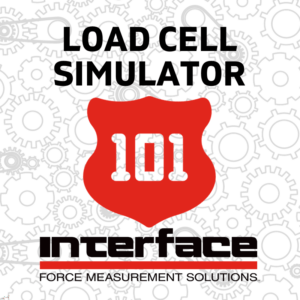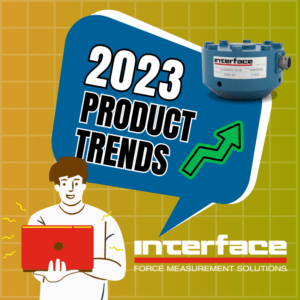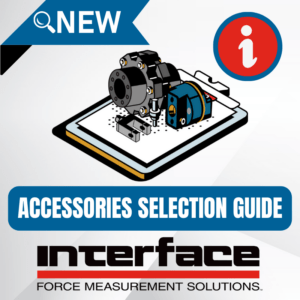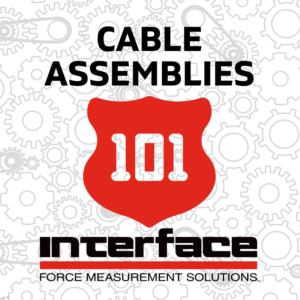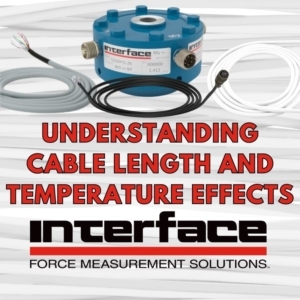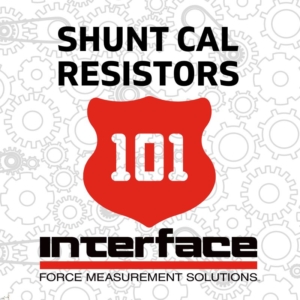
IQ Blog
Exploring New Measurement Products Webinar
The Interface Exploring Capabilities of New Measurement Products Webinar details new products, including sensors, instrumentation, and accessories. Our experts will cover dozens of new additions to the extensive 40,000-plus product catalog of force measurement solutions. Interface engineers highlight product features, capacities, use cases, and technical tips in the fast-paced new technical online seminar.
